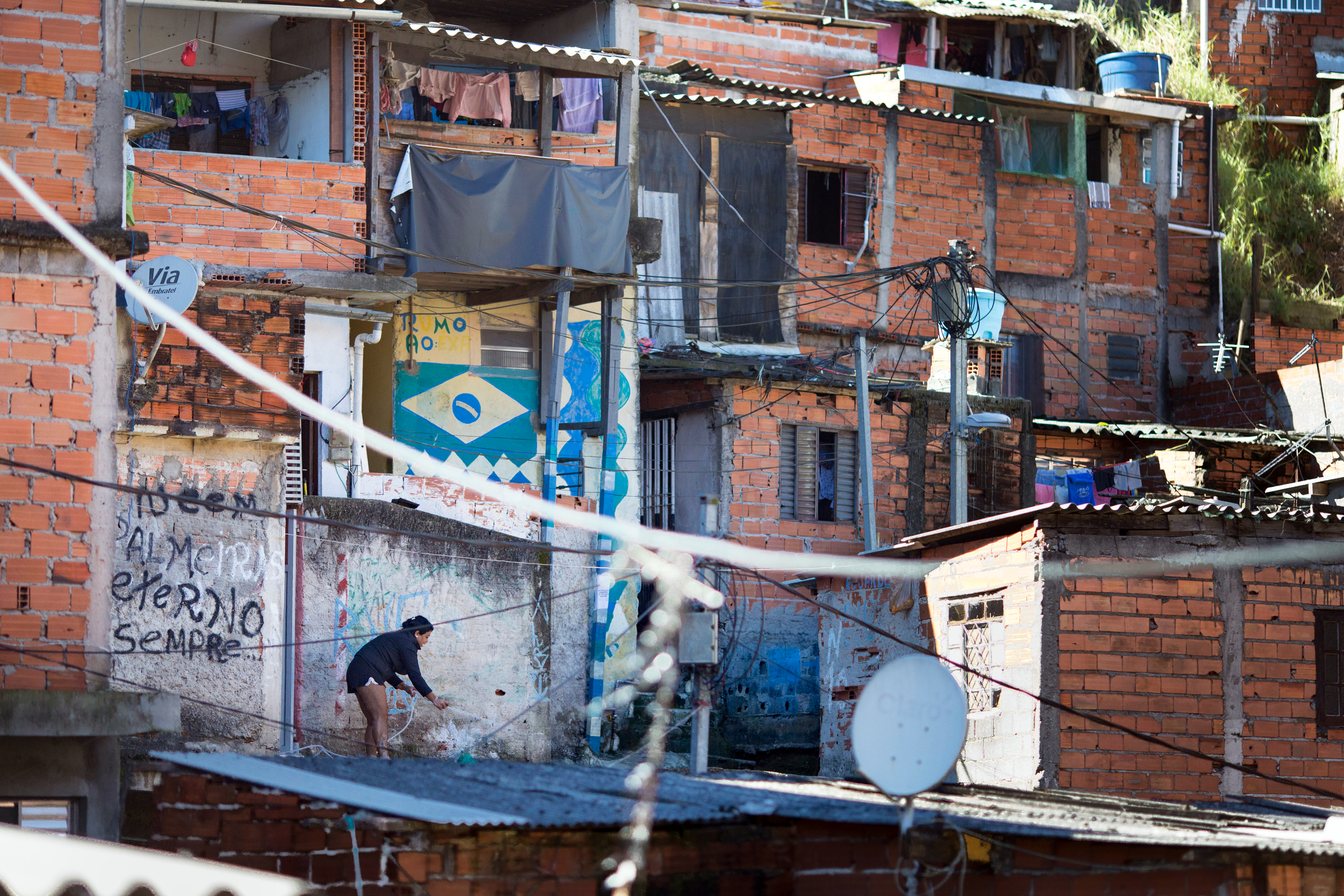Favela Rua Sapopemba in Sao Paulo, Brazil
Copyright© Ute Grabowsky / photothek.net
Social situation Reducing poverty and food insecurity
Brazil launched the world's biggest poverty reduction programme and a large-scale social housing programme. In addition, large parts of the country were connected to the power grid and headway was made on reforming land rights.
While nearly one fourth of the Brazilian population was still living in extreme poverty in 1990, that rate had dropped to 3.3 per cent by 2014. By 2021, however, it had gone back up to 5.8 per cent. In 2022, the rate was 3.5 per cent. The COVID-19 pandemic hit disadvantaged and vulnerable sections of the population particularly hard and led to an increase in poverty.
In recent years the number of hungry people in Brazil has risen again, reaching 33 million at the beginning of 2023. Building on the success of Lula's first two terms in office, the Brazil Without Hunger plan was launched, which is aimed at eradicating hunger in Brazil by 2030.
While comprehensive social protection programmes mitigated the impact of the pandemic, this simultaneously increased many households' dependence on public transfers. Moreover, these activities – just like the financial assistance for enterprises (see Economic situation) – drove up government debt. According to the World Bank, striking the right balance between protecting the poor and ensuring sustainable public finances will be a key policy challenge in the years ahead.
Extreme inequality
The differences in the distribution of property and income between the regions and between different groups within the Brazilian population are considerable. Brazil's Gini coefficient (External link) – a measure of income inequality – is one of the highest in the world. Indigenous and Afro-Brazilian communities are especially socially and economically disadvantaged.
As at: 28/06/2024
